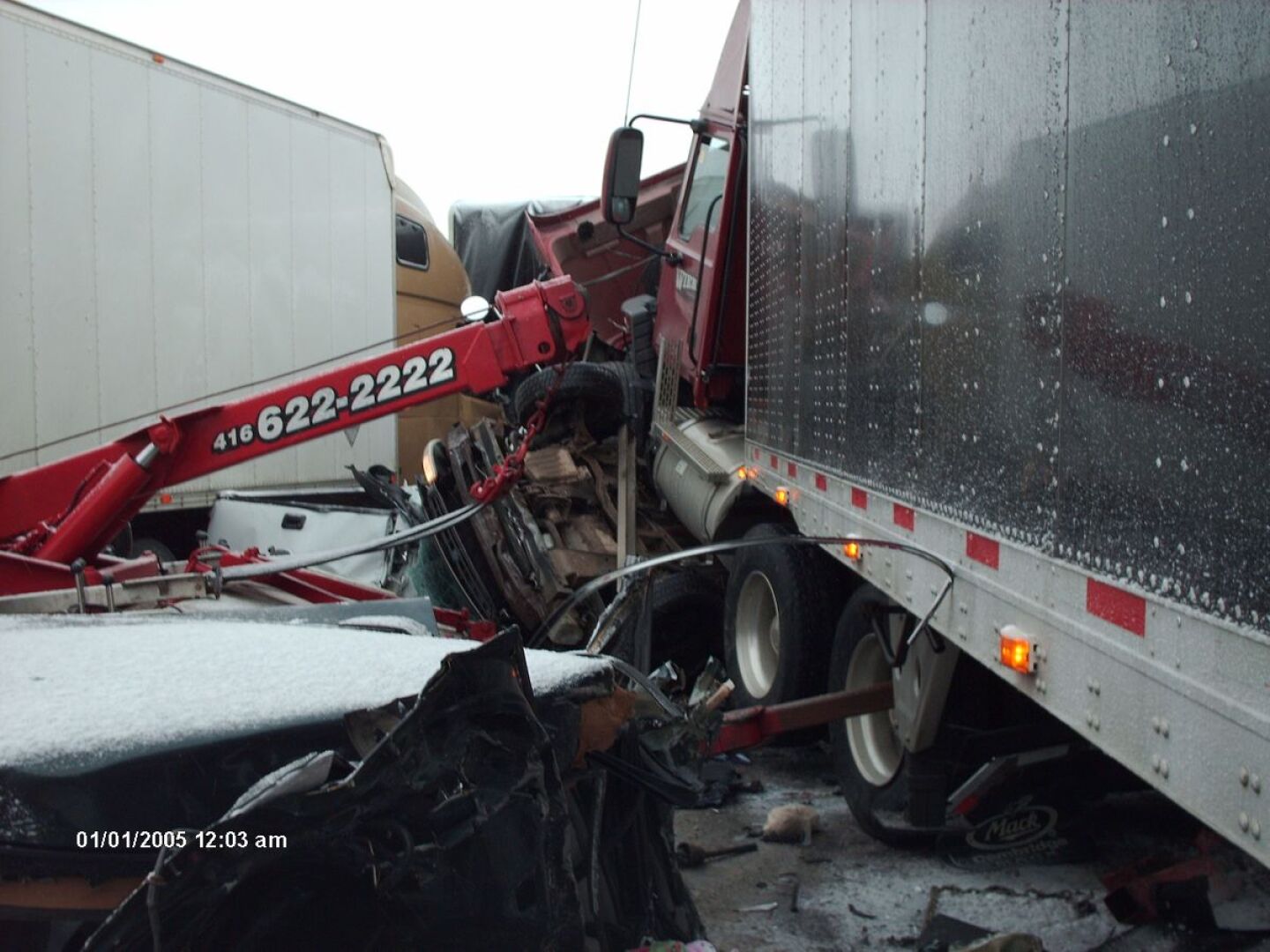Fire departments often respond to incidents involving multiple people. Regardless of the incident type, these situations can easily enter the mass-casualty incident (MCI) category.
In the medical world, any incident that involves more than three individuals is considered an MCI. Others define an MCI as any event that overwhelms the available resources, whether that’s four individuals or 100 individuals.
From this perspective, MCIs are quite common, especially when you consider that an incident like a vehicle accident involving one or two vehicles could easily qualify. Now add the potential for multiple victims at structure fires, medical calls, building collapse calls and hazmat incidents, and it’s easy to see why every department needs to be prepared for MCIs. No matter what size or type of department you respond with, you will encounter an MCI at some point.
There are two important factors for any MCI: personnel and resources. An MCI quickly consumes personnel and resources, both of which are limited for many departments.
MCI critical resources
When it comes to resources, the number will vary based on the type of incident and the apparatus available to respond. Some apparatus may be sparsely equipped while others will be stocked with equipment.
In the case of our video examples, ground ladders may be a needed resource to perform multiple window rescues at one time.
Watch these videos from the fire and explosion at a Silver Spring, Maryland, apartment building on March 3, 2022.
The same resources principle applies for a multi-vehicle incident where hydraulic rescue tools are needed for various extrications. As shown in the below photo, numerous rescues need to be made, meaning crews are going to need more than one set of hydraulic tools. Again, the resources are consumed very quickly at these types of incidents.
MCI personnel needs
When it comes to the number of personnel available to operate these resources, two sets of hands are needed to operate each piece of equipment, so limited staffing presents a major obstacle. In some smaller departments, only two firefighters are arriving first on the scene – sometimes only one! In larger departments, there may be three or four arriving on scene first. Obviously, the more hands that are available on scene to assist with operating equipment or to assist with the operation will be better.
This is where mutual- or automatic-aid agreements come into play. For larger departments that have the resources and staffing, they might he able to handle the MCI on their own, but it’s still critical to have those agreements in place for significant incidents. Smaller departments, on the other hand, must rely upon assistance from neighboring departments. Know which agencies can help, what they have and how to contact them should the time arrive. Then set up time to train with these partners for future MCIs. Keep in mind that you may be called to their MCI and need to know what to do for them.
MCI training time
After watching these videos and reading these MCI considerations, use the following questions as part of initial MCI training:
- Determine the automatic-aid and/or mutual-aid options available in your area.
- Research what agencies besides the fire department – public works, police, towing, etc. – can assist at MCIs and what equipment they have.
- After reviewing the videos, discuss with your crew what steps you would take first if arriving first on scene.




